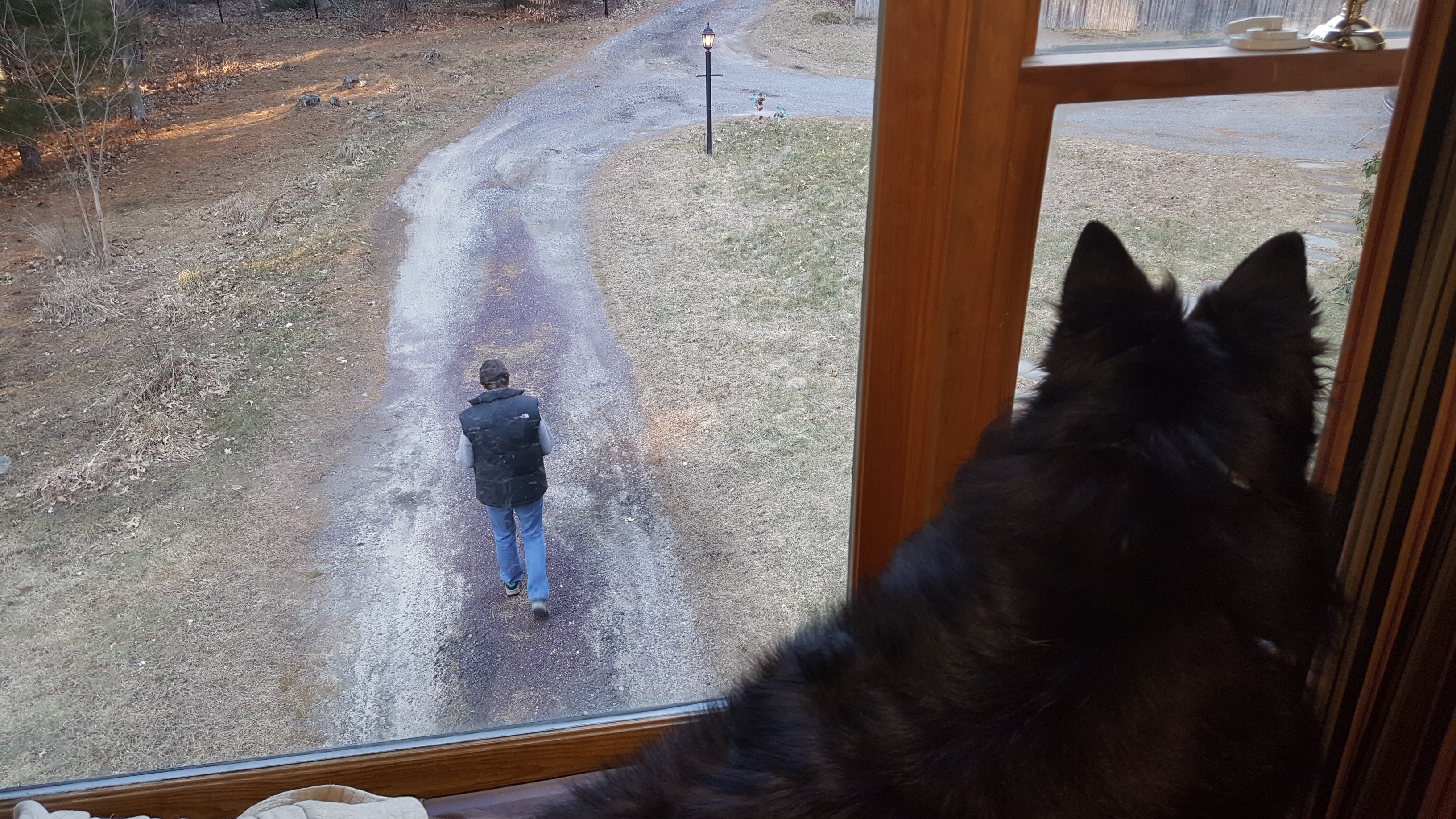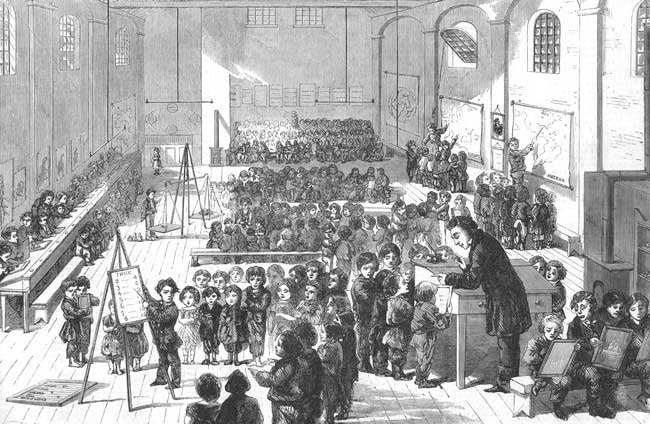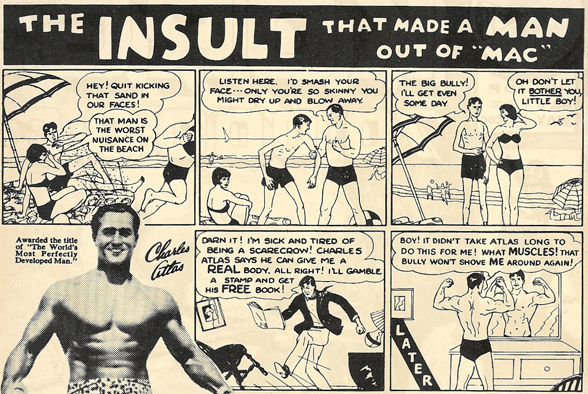Welcome to the Wakefield Doctrine (the theory of clarks, scotts and rogers)
This is the Six Sentence Story bloghop.
Denise is the host.
The standard for stories utilizing the prompt word is six (and only six) sentence total length.
This week’s prompt word:
COAT
The truck stop might have enjoyed a Three Star rating from Michlen for the look on the young man’s face; the couple’s after-work breakfast passed in a blur of conversation that sounded, inside his head, like a combination of getting 800s on his SATs and summertime.
Leaving a tip that would take two days of overtime to balance, he looked up to see his companion already standing next to the chrome coat hook at the end of the red-vinyl booth; an avalanche of dark brown hair balanced on her shoulders and eyes that invited rather than rejected, brought back his inherent insecurity.
Standing, he took her coat from the chrome hanger and, recovering from a moment of unaccustomed joy, realized he held it open, easily two arm lengths from it’s owner; panic almost blocked the sight of a slightly raised eyebrow pulling the corner of the young woman’s mouth into a grin.
Taking a chance, which he would play and replay in his mind at moments when his memory insisted it had to have been someone else, he stepped forward.
He felt a growing confidence as she slid her right arm into the sleeve of the proffered coat, only to falter when, rather than pull the coat towards the other arm, she turned her body, slid her other arm in and leaned towards him; with the subtlest of shrugs, the young woman brought his hands, (of which he had little awareness), to rest lightly on her shoulders,
Her smile reordered his world in ways that would require years of life and decades of experiences to properly appreciate, as the new couple stepped into as new a day as he could have imagined.











